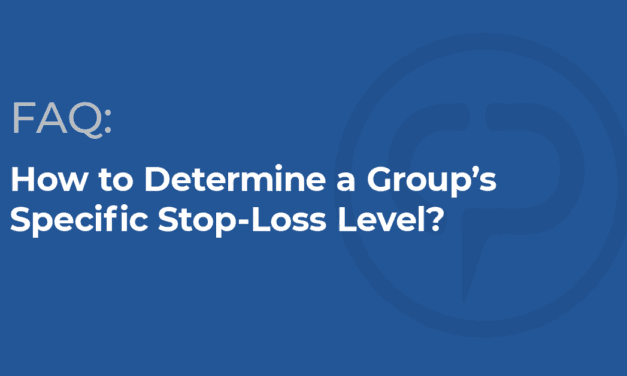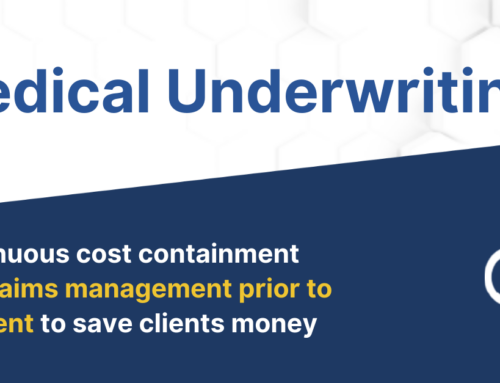How to Determine an Individual Group’s Specific Stop-Loss Level
This is a question that most employers struggle with as they transition from an insured to a self-funded arrangement. Under an insured arrangement, your carrier offered a pool point that you had little or no control over and may have represented more or less risk than you were willing to take on under a self-funded arrangement.
At Crumdale’s stop-loss division, Resolute Underwriting Strategies (RUS), we feel that the appropriate specific stop-loss level should not be so low that it puts undue pressure on your aggregate attachment point because it will produce too many large claims, nor should it be so high that it hurts your company’s finances because you have to fund too many large claims in a short time period. Generally, the larger the group, the higher the specific stop-loss level should be.
How Stop-Loss Deductibles Are Calculated
All stop-loss insurers and MGUs have their own method of calculating the specific deductible level. Crumdale uses a two-factor approach to determine the ideal minimum/maximum specific stop-loss level for an individual group. First, we look at the size of the group. Second, we look at the mature, expected claim level. We feel this approach will yield a minimum/maximum specific stop-loss deductible that is not too high nor too low but is “just right” for that specific group. The grid below shows the factors we use to determine the minimum/maximum stop-loss level for each individual size group.
Specific Deductible as a % of Expected Paid Claims
| # of Employees | Minimum | Maximum |
| 25-999 | 4.0% | 14.0% |
| 1000-1249 | 4.2% | 5.9% |
| 1250-1499 | 3.5% | 5.2% |
| 1500-1999 | 2.9% | 4.6% |
| 2000-2999 | 2.3% | 3.4% |
| 3000-3999 | 1.7% | 2.6% |
| 4000-4999 | 1.5% | 2.3% |
| 5000-7499 | 1.1% | 1.7% |
| >7500 | 1.0% | 1.4% |
A Real-Life Example from a Recent Group We Quoted
Enrolled Lives 75
Mature Expected Claims $625,000
Minimum Specific Level $25,000 (4% of $625,000)
Maximum Specific Level $85,000 (14% of $625,000)
The above levels are recommendations that a group new to self-funding can use to help choose their appropriate specific stop-loss level. These levels can also be used for an existing self-funded group to determine if it’s time for a change in the specific stop-loss level, especially for one that has gotten larger due to growth or acquisitions. If you want help determining a group’s specific stop-loss levels, contact the experts at Crumdale Partners for specialized stop-loss strategies from RUS.




